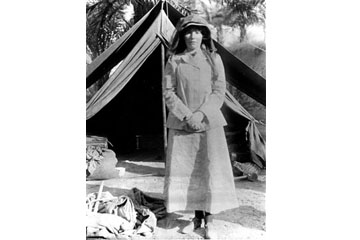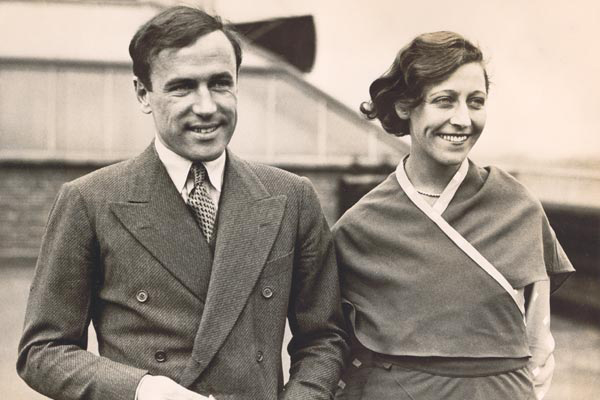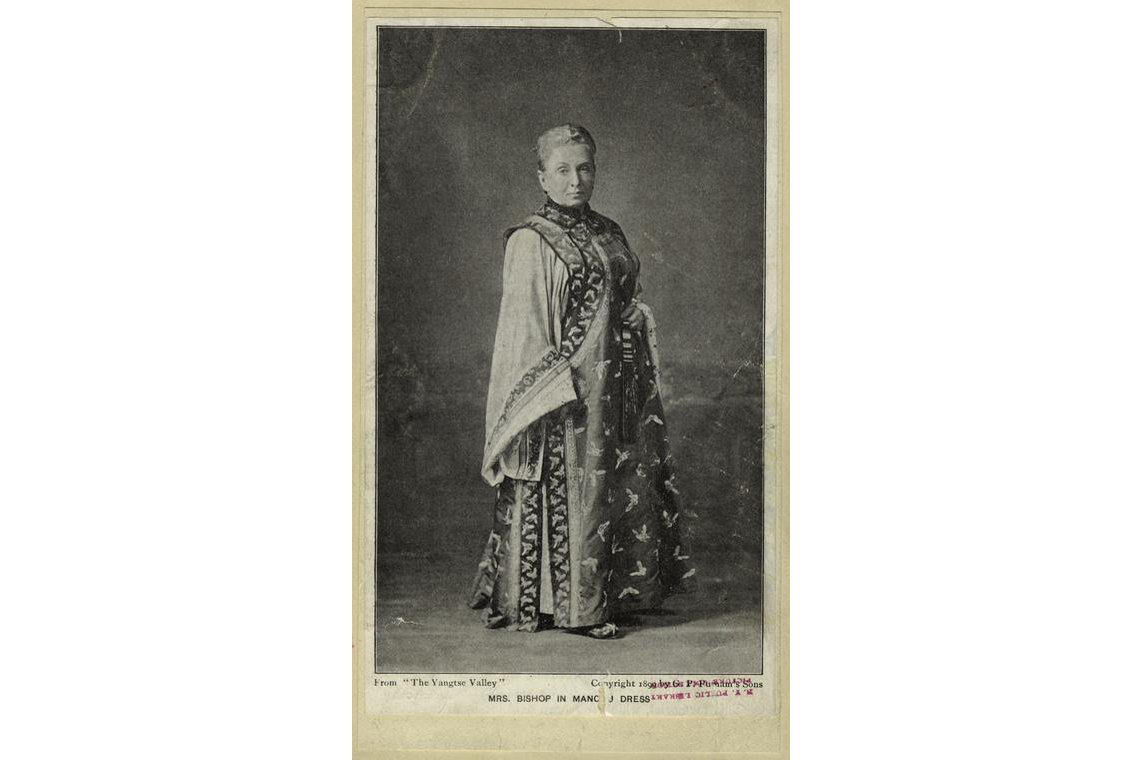
8 Unsung Women Explorers

Behind many of the world's best adventures is a female explorer who didn't experience the fame that some other adventurers get. Sure, you've heard of Amelia Earhart, but have you heard of any of the following eight ground-breaking women?
Alison Hargreaves
In May 1995, Hargreaves broke two huge barriers: She climbed Mount Everest without the help of oxygen or a Sherpa.
A month later, Hargreaves was killed in a violent storm while attempting to climb K2, one of the world's most inhospitable mountains.
She had climbed other mountains while heavily pregnant, and she faced down criticism from some who said that a mother should not put herself in danger. In doing so, she braved a path for other female climbers.

Amy Johnson
After becoming the first woman to fly solo from Britain to Australia in 1930, the pioneering aviator went on to set a slew of long-distance flying records, including flying from London to Moscow in 21 hours in 1931.
Sign up for the Live Science daily newsletter now
Get the world’s most fascinating discoveries delivered straight to your inbox.
In 1932, Johnson married famous Scottish pilot Jim Mollison, who had, during a flight together, proposed to her only eight hours after they met. Johnson went on to break many of her husband's flight records.
Johnson died after going off-course in bad weather while transporting RAF aircraft around the country for the Air Transport Auxiliary during World War II.
Ellen MacArthur
When she broke the record for the fastest solo circumnavigation of the globe in 2005, Ellen MacArthur was not just the best woman, but the best period, in the sport.
Her achievements helped quash prejudices about women's inferiority in long-distance sailing.
After retiring from competition in 2010, Ellen announced the launch of the Ellen MacArthur Foundation, a charity set up to inspire people to re-think, re-design and build a sustainable future.
Harriet Chalmers Adams
Adams was the first president of the Society of Woman Geographers (founded in 1925) and was regarded as the foremost woman explorer of her time.
Despite having no formal schooling, Adams was an avid reader and decided to follow the trails of Columbus and the Spanish conquistadors. She traveled to almost every Latin American country that had ever been under the dominion of Spain or Portugal.
She had many articles published in National Geographic magazine and lectured widely. Serving as a war correspondent for Harper's magazine in 1916, Harriet was the only woman allowed to visit the trenches in France.
Gertrude Bell
Bell was an English writer, traveler, political wheeler-and-dealer and archeologist who explored the Middle East in the 19th century. She played a major role in establishing and helping administer the modern state of Iraq, utilizing her unique perspective from her travels and relations with tribal leaders throughout the Middle East.
During her lifetime, she was highly esteemed and trusted by British officials and given an immense amount of power for a woman at the time. She has also been described as "one of the few representatives of His Majesty's Government remembered by the Arabs with anything resembling affection."
Helen Thayer
Sure, everyone knows Indiana Jones, but an equally-compelling fictional character could be based on Helen Thayer.
Thayer was the first woman to complete a solo expedition to the magnetic North Pole. She did this at age 50, pulling 160 pounds (73 kilograms) worth of pack on her sled, with only her dog to help.
She has also trekked 1,600 miles (2,575 kilometers) across the Gobi Desert and lived for a year with a wolf pack in the Arctic Circle. In 2009, Thayer was named one of the most important explorers of the 20th century by the National Geographic Society.

Isabella Bird
Bird was a 19th century explorer and the first woman inducted into the Royal Geographical Society in 1892.
Sickly as a child, she goes to prove that a heart of steel can take explorations further than bulging muscles. She traveled from Scotland to America in 1854 and then continued to Hawaii, Australia and India, writing about her travels all the way.
She became a household name in her own time. Her final journeys took her to China, Korea and Morocco, where she travelled among the Berbers and had to use a ladder to mount her black stallion, a gift from the Sultan.
She died in Edinburgh within a few months of her return in 1904, just shy of her 73rd birthday. She was still planning another trip to China.
Delia Akeley
Akeley was born in Wisconsin in 1875. She became deeply acquainted with exploring Africa through her husband, Carl Akeley, who conceived and built the African Hall at the American Museum of Natural History in New York.
Of the African elephants that make up the famous group that is the central display in the hall, one was shot by Delia.
Throughout her life, she traveled widely in Africa, leading her own expeditions and concentrating more on the ethnography of the more reclusive tribes, such as the Forest People pygmies in the 1930s. She was one of the first westerners to explore the desert between Kenya and Ethiopia, and she explored the Tana River in a dugout canoe, entering it from the Indian Ocean. She also lived for several months with the pygmies of Zaire.










